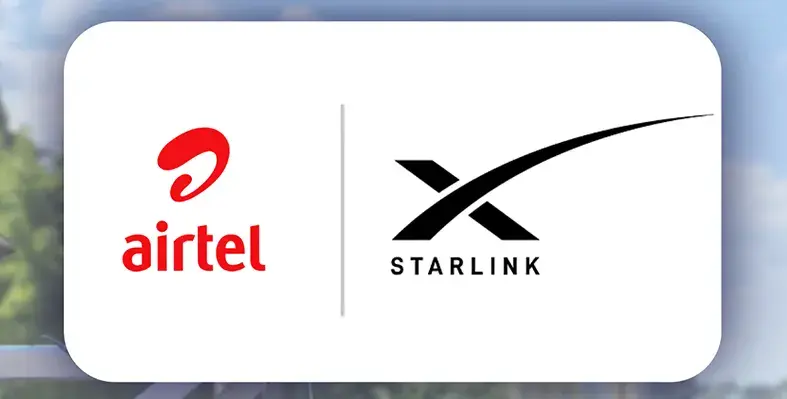All-pervasive digitisation has hastened the digital transformation of communication service providers (CSPs) too
It has redefined the industry’s assumptions about network, architecture, applications, organisational structure, customers, industry partners and competitors. Rahul Puri is the business head, EMEA, Sterlite Technologies, explains.
The digital disruption has triggered the emergence of new business models that mandate them to make a tectonic shift and turn into high-tech software companies, focus on partnership as a growth strategy to deliver their core services in conjunction with partners who understand the sector’s specific needs, be it in entertainment, education, health care or public service.
‘Collaboration', is the need of an hour.
In the ‘new world’ order, while CSPs will lay the platform for digital connectivity, business will be brought in only through collaborations and partnership. There will be an increasing need to create innovative offerings that connect core telco services with cross industry offerings, say entertainment packages, restaurant or transport options, music, books, travel or even education course recommendations. Recent mergers in the telco industry from different verticals bear testimony to the future possibilities being thus predicted.
The new world will, therefore, belong to ‘Digital Lifestyle/Service Providers’ (DSPs). Evolution to this new avatar will require an architectural shift with complete unison of Platform, Processes and People.
Collaboration platform: A platform where different partners can latchon seamlessly to integrate their specialised product catalogue with the unified product catalogue of the CSP (or DSP). This will allow CSPs to make bundled, innovative datadriven offerings. Hardware sales should be driven with options of disaggregated software, cloud storage and services, network slicing, security, data analytics-asa-service etc. Robustness of this collaborative marketplace will be determined by the on-boarding ease of partners-customers, customer retention, data analytics, omni-channel and the multi-device experience on offer.
Digital Identity: A common digital identity of the user across different channels, devices, products, services, and partners will be mandatory. The ability to leverage user behaviour across verticals, reinforced by AI / ML will bring customer stickiness.
Design-Thinking led use-casesdriven model: Products and services should be use case-driven with each customer behaviour, mapped through deep insight and data objectivity (hyperpersonalised) across the journey. The target will be to create differentiation based on customer experience rather than legacy capabilities.
Cloud-Native open-based architecture: The new world will require open-source, open digital architecture, open API based easy integration plugins across the ecosystem. A cloud-native model, with modern containerization, high availability, scalability, observability, CI-CD, is the main characteristics of such an architecture.
STL Model for Marketplace: STL brings a unique and robust framework that works on all the above dimensions. It has deployed DevOps-related models for CSPs which looks holistically at the people aspect, deploys squadbased teams on both the customer end as well as the CSP end, ensures programme and product management and implements CICD right from product development to automated deployment at customer premises.
At the platform end, STL has an entire modernised software suite – from the engagement layer that interacts with all the channels to the middle and backend layer. Additionally, an integrated analytics engine provides deep insight into customer behaviour from partner and network functions. The solution is built with open architecture concepts allowing it to integrate easily with the wider ecosystem of partners and vendors.
STL provides not just the Marketplace framework consultancy but also allows customers to pick and choose essential components from the suite of STL products and services to work alongside their existing stack. The technology journeys include systematic upgrade of the existing stack of the customer to 5G, CNF, data and security management including network components. This allows prudent CAPEX management and a diverse portfolio of digital products and services.






















